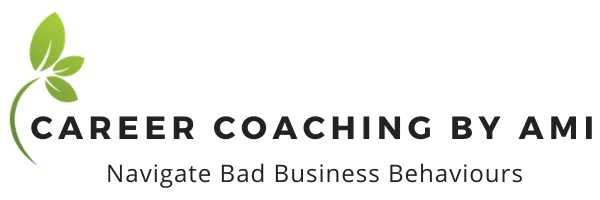The Challenges Related to Recognizing Organizational Signals
Many of us take work for granted. Working becomes a routine. This scenario is very common with a majority of people in the workplace. You may be on autopilot from the moment you leave your home or even moments before. You stroll through the sea of cubicles and finally arrive at your own. Maybe you can’t remember how you’re already idle at your computer logging into your email and checking your calendar. All of a sudden you see an urgent email from your boss needing to see you right away. Next thing you know you are in a meeting with your manager and HR. Your manager’s message is telling you that you are being let go. HR’s message may seem even less meaningful at this moment as you see your transition package with severance and release forms in front of you.
If the above situation has ever occurred, you either saw it coming or were completely shocked. Being let go isn’t something you likely saw coming. How could you have missed the signals? Where did you go wrong? What could you have done differently to keep your job?
How adept you are at recognizing the signs around you can give you clues to anticipate the next steps or even to plan a career strategy for yourself.
I was hiking in Lake Placid one summer with family. We started out on the path early and it was a bright and sunny morning. When we arrived at the top, we saw the horizon of tree-lined peaks and valleys. As we started our descent, grey clouds appeared. The sky got darker and darker, and eventually blocked the sun. To us that seemed like a clear signal that it may rain soon and remaining on the mountain may be unsafe. It was odd to us that there were many hikers still ascending the mountain. We got to the foot of the mountain and it started pouring rain and lightning lit the sky. As we took cover near a neighbourhood café we thought about the hikers on the mountain who were trapped by the elements.
How did they miss the signs? Why did they continue their climb? Maybe they didn’t care or wanted to risk it for the view? Maybe they turned back and we didn’t see them head back down?
Some tips to consider on how to anticipate the changing tides at work:
- People change the way they behave towards you. Are your peers chummier with you than usual? Did you recently get a promotion or new opportunity? Maybe you have more positional power on a project now and they can leverage your position or expertise. Or are people more distant? Did you recently speak out against a team goal and people may not want to be associated with you?
- Management changes the way they communicate with employees. Have managers been less transparent lately and keep employees in the dark about what’s going on? Have there been changes in leadership and the managers are now communicating more with employees
- Changes in organizational programs or communications. Did you notice any shifts to corporate programs? Have you spotted shifts in the language your company uses to issue internal or external communication? What is the tone of the messages?
Think about how well you observe your workplace landscape. How politically sensitive are you to your environment to avoid the elements and have the ability to navigate beyond them?
ACTION: Be present at work. Stay informed through your network. Build your political sensitivity muscle by honing your observational and listening skills. Be aware and curious about your surroundings so that you can map out your next steps.
